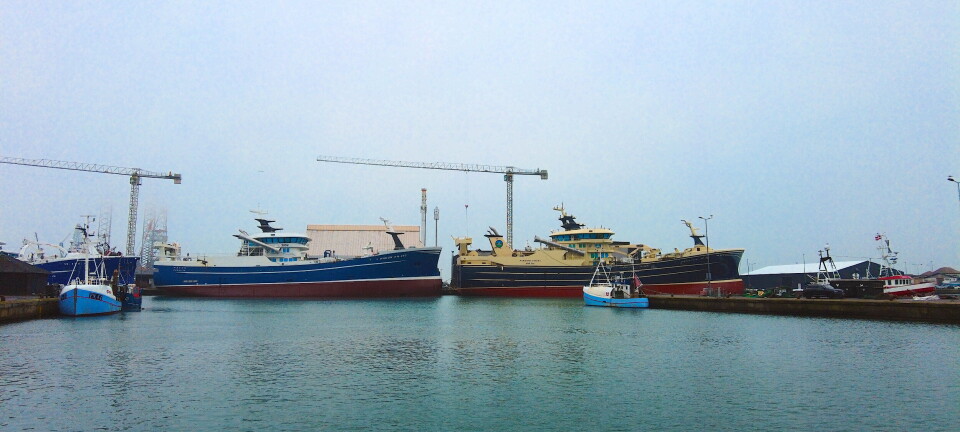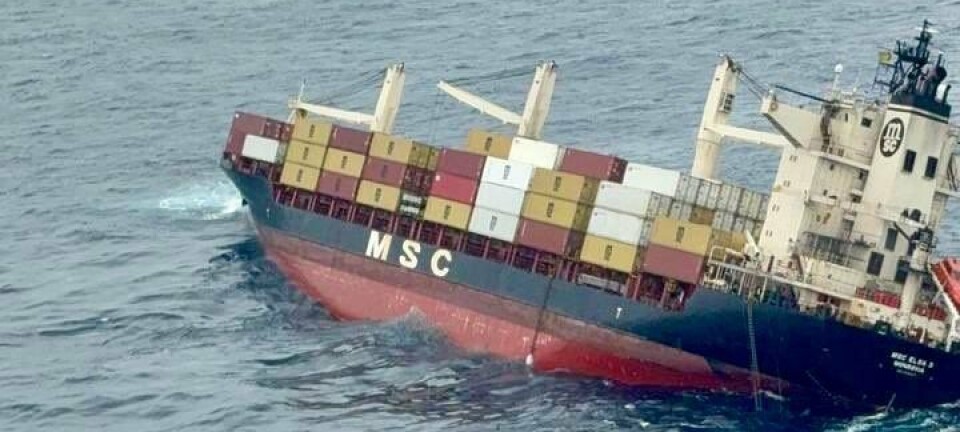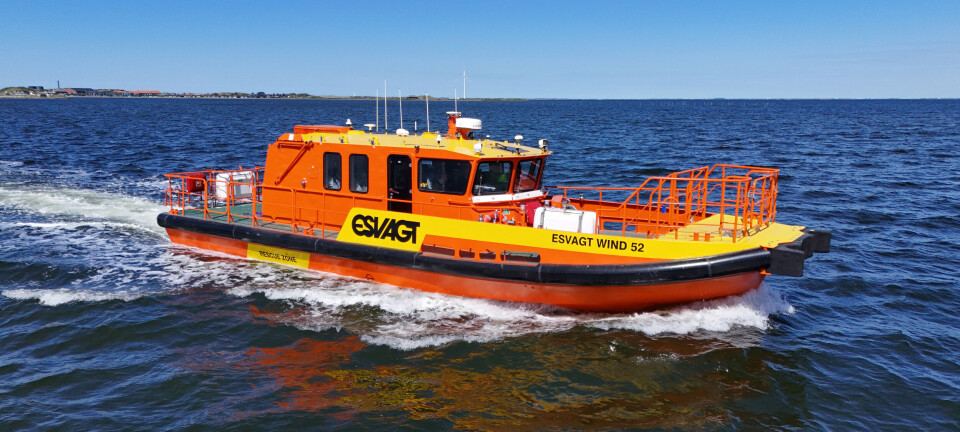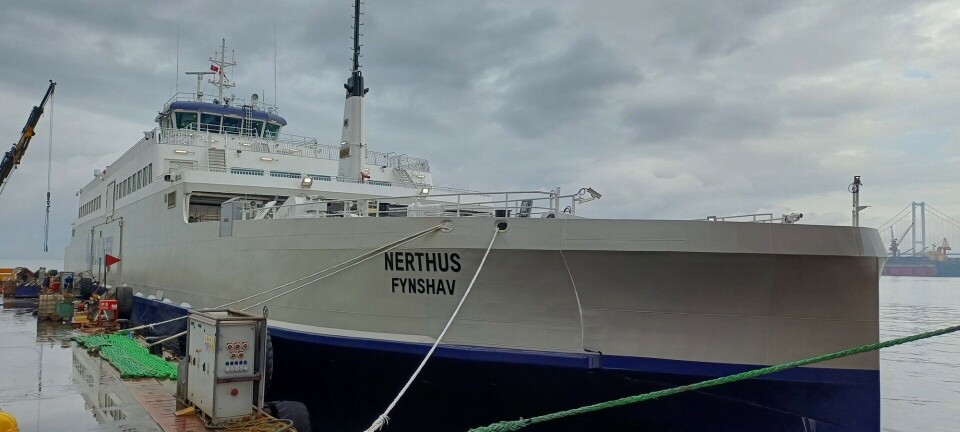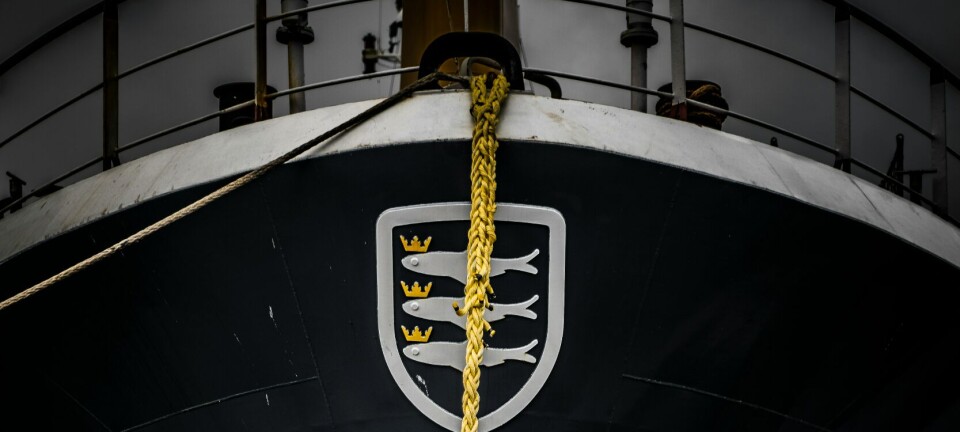US Navy releases new Arctic plan
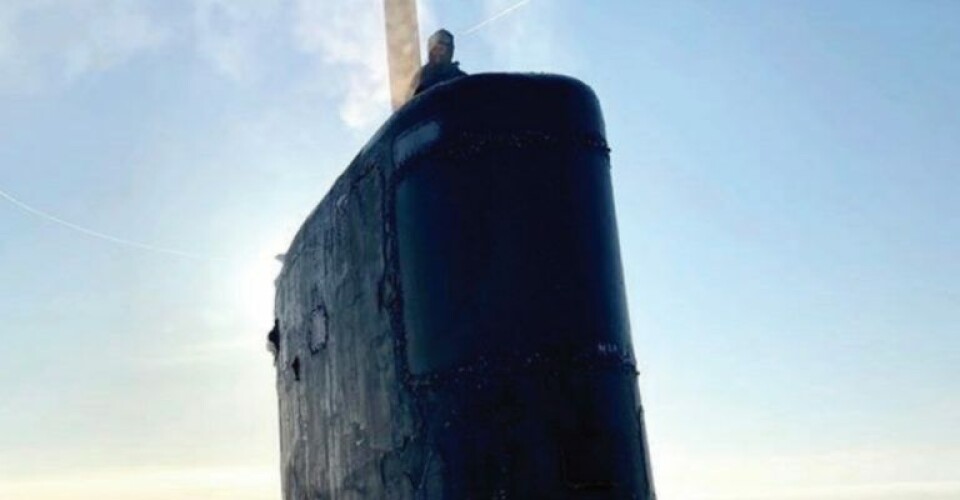
As the polar caps melt, shipping in the Arctic is due to develop extensively.
By Michael McGrady, Maritime Direct Americas Correspondent
Climate change is forcing industries to adjust to the ever-changing environment and the new economy built around these dramatic changes. For mariners, ice-melt is going to permit for Arctic shipping and a crucial boost in maritime activities among the Arctic powers. This change will be multifaceted and approached on multiple fronts, including defense.
Officials for the U. S. Navy released its new strategy for the Arctic. Known as the Blue Arctic blueprint, the Navy intends to boost national security and economic development protection in the U. S. exclusive economic zone. Since economic activity is on the rise within the Arctic circle, the plan is meant to counter the adversarial effects of Russian and Chinese ambitions in the region.
Challenging demands
“As our naval force continues to meet the challenging demands of a Blue Arctic in this era of Great Power Competition, the Department of the Navy remains committed to protecting the Arctic environment and ensuring naval forces do their part to help preserve it,” said Kenneth Braithwaite, the secretary of the Navy, in response to the release of the blueprint.
He added that “this blueprint guides how the Department will continue to provide the right levels and types of presence on, under, and above Arctic water, ensuring America is prepared to compete effectively and efficiently to maintain favorable balances of power. This includes strengthening cooperative partnerships to ensure coordination with key allies and partners in the region.”
Braithwaite added that the plan outlined in the new strategy will include the Navy, and the U. S. Marine Corps and the Coast Guard. After a brief review of the plan, Maritime Direct identified that the maritime forces of the United States will be leveraged more to protect Arctic fishing from foreign encroachment — especially from the Russians — and to promote peaceful cooperation between polar powers, including the mutual use of icebreakers, disaster response, and environmental protection.



